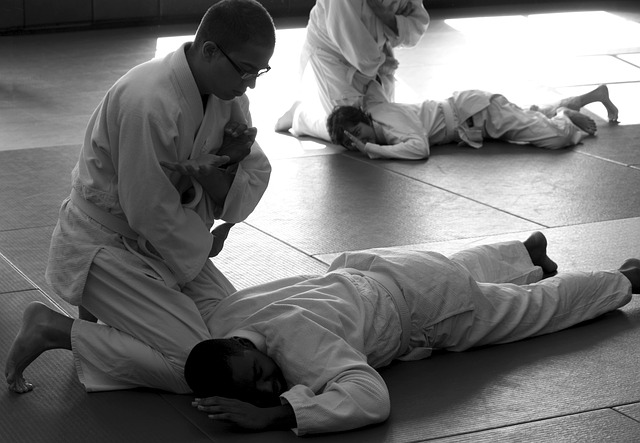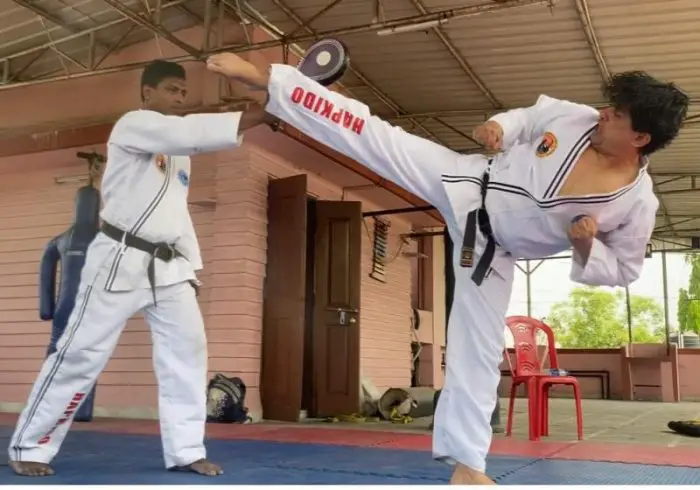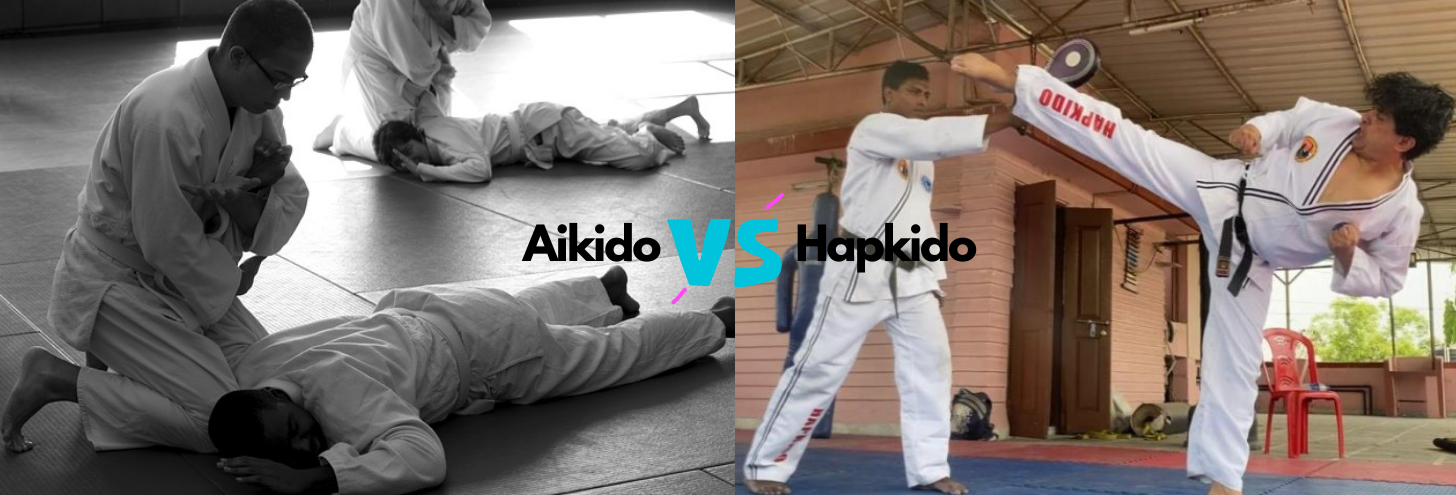Aikido and Hapkido are often perceived to be similar by people, especially those who do not practice them as a sport. The difference between them isn’t much, hence the possibility of interchanging the said sports is completely debatable. The two even rhyme, see?
When it comes to basics, we already know that Hapkido originated in Korea whereas Aikido started in Japan. To add, we also know that the former delivers more kicks than the latter.
I will dissect and go over them one by one to make a point here. And that is, Aikido and Hapkido are different in terms of their respective fighting style.
The Realms of Aikido

Starting off with Aikido emphasizes defense moves with a few attack styles. To be frank, the attacking styles are inadequate. This may be because of its spiritual origin. Therefore, it conveys a lesser form of violence than other combat sports.
Furthermore, the three syllables of Ai-ki-do are tantamount to a significant definition. First, “Ai” is a reference to its Japanese origin. Second, “Ki” is a translation for breath or spirit. Third, “Do” denotes the martial arts principles and fighting styles.
The unique part of this training is the ability to receive blows from the opponent in a non-aggravation technique. In return, you take advantage of the momentum and turn it against them. Apart from that, Aikido employs pressure and joint-locking against the opponent.
Interestingly, Aikido applies the principle of the Korean martial art called Tae Kwon Do. Therefore, TKD’s principle of achieving the ideal form of flexibility is also utilized.
The Hapkido Expertise

As mentioned previously, Hapkido takes on a lot of kicking and striking. Hence, it is more inclined as a fighting art.
A little backstory, Hapkido was formed because of a certain Korean native who served as a Japanese Aikido master. Later on, he returned to Korea and began teaching what he learned while integrating Korean influences along the way.
The three syllables of Hapkido are also categorized into three meaningful implications. One, “Hap” is in reference to the word harmony. Two, “Ki” points out the fighter’s mental energy or spirit. And three, “Do” refers to the principles incorporated during the fight.
Generally, Hapkido focuses on utilizing both your physical and mental energy during the fight.
Aikido Vs Hapkido: The Comparison
First of all, it is important to know that both Aikido and Hapkido were derived from the Japanese Martial Art Daito-Ryu Aikijujutsu. The thing is, they have both incorporated Japanese and Korean influences.
Second, Aikido is more of a self-defense form of martial art with a more obvious connection to the spiritual aspect. While Hapkido is keener on the fighting aspect with aggressive kicks and strikes included.
Another one is the fact that Aikido is typically limited to casual wristlocks and takedowns. While Hapkido uses lots of them, with a welcoming strike from the beginning.
Next, both Aikido and Hapkido make good use of Tae Kwon Do’s principles in fighting. However, Hapkido focuses on the “Yu” and “Kang principles, while Aikido utilizes the “Yu.”
Generally, Hapkido focuses on lower body strength as its fighting techniques are engaged in lots of kicking. As for Aikido, whether it’s the lower or upper part of your body, the strength to train doesn’t usually require so much.
Lastly, one of the distinct features between the two is the fact that Aikido does joint-locking and pressure application, while Hapkido turns the opponent’s strength into his own advantage.
Final Words
In conclusion, Hapkido is composed of a variety of fighting techniques. It trains you to maneuver actions and coordinates leg postures when it comes to kicking. Therefore, you can say that it can be a pretty dangerous form of martial art.
On the contrary, despite the military roots of Aikido, it is considered safer than the one mentioned above. This is because it prioritizes defensive strategies over offensive techniques. Thus, it has a considerably safer style of execution and maneuvers.
Overall, the two martial art sports are good for physical training, defense, and fighting. Just like every other physical sport, it improves one’s body fitness and mental stamina.
There is no use in telling which one is superior among the two. Ultimately, they are created with different techniques, styles, and objectives. However, they are formed for one purpose – and that is, to fight the opponent.

